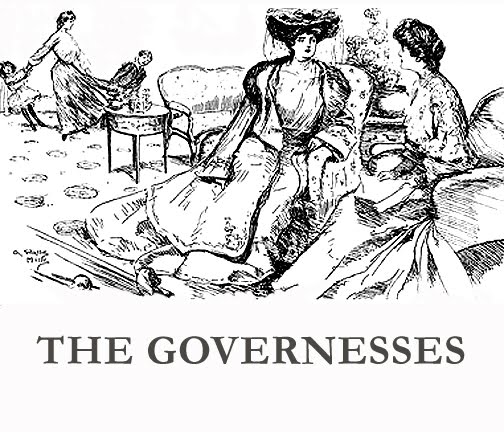
On a trip to the beach, Lady Gravesend and Miss Cottonwood spotted something funny. As we threw our towels and too-pale bodies down onto the sand, we saw a young woman nearby reading a book. She was reading Nietzsche.
We thought, “Really?” and giggled a bit. But then that sparked the question, what is a summer book, a beach read? Neither of us really goes for the bodice-ripping variety; beach reads don’t have to be as flimsy and pointless as our cover-ups. On the other hand, neither of us was tossing Beyond Good and Evil in our totes anytime soon. So, we thought hard about our ideal summer book.
Lady Gravesend: I find that a book about love, tragic and fleeting, is perfect for lazy summer consumption. Among the best summer books, is Vladimir Nabokov’s Lolita. This book is the ultimate paperback to throw in your beach bag and read while lying in the sun. The main character opens with a memory of first love on the beach during a childhood summer. Nabokov creates that “little girl with the seaside limbs” that haunts you and the narrator while both follow Lolita around the novel.
But this is not my favorite. No, of the creepily sensual variety I prefer Thomas Mann’s Death in Venice. It is a filling read best enjoyed in late July or August when you start to contemplate the quickening end of the summer. Mann’s prose is textured and rich--like running your hand over expensive linens at an overpriced beach resort. The novel follows Gustav Aschenbach, a disciplined and successful artist as he follows an urge to vacation in Venice. As one can imagine, a struggle ensues for Aschenbach as his own Xanadu threatens to consume him.
Miss Cottonwood: My favorite summer read is F. Scott Fitzgerald's Tender is the Night.
The book opens hauntingly on a midsummer day. A story unfolds on a beach, under a scorching French sun that, we learn, burns the delicate legs of an American ingénue. Fitzgerald undercuts the oppressive heat emanating from the pages with a chill of sad nostalgia that weaves in and out of the lines. Rarely have I felt more mixed in with the sand, the air, and the figures of a writer's imagination.
The book goes on to sketch the lives of a wealthy circle of friends living in South of France. The central storyline, the curve of the Diver marriage, sharply mirrors Fitzgerald's own struggles with his wife Zelda's mental decline and, eventually, his own. According, his characters are strange, fragmented, and deceptive in the most alluring way. Who can forget Dick Diver's instant magnetism, Nicole Diver's malefic loveliness, and Rosemary Hoyt's ambrosial innocence?
The book is rich, tragic, and imperfect. You may really fall in love with Dick Diver -- something that you never could do with Jay Gatsby because you were told that you had to -- or maybe you will despise him. Either way, you are likely to feel something under the French sun.
But will you enjoy this book? Well, it's a Fitzgerald! Let the words wash over you. Let him take you to the passionate and torturous fragment of his psyche that forever floats along the French Riviera. You would be hard-pressed to find a more transporting summer experience.
With that, we hope that everyone enjoyed the first official weekend of summer!
-- Lady Gravesend and Miss Cottonwood



